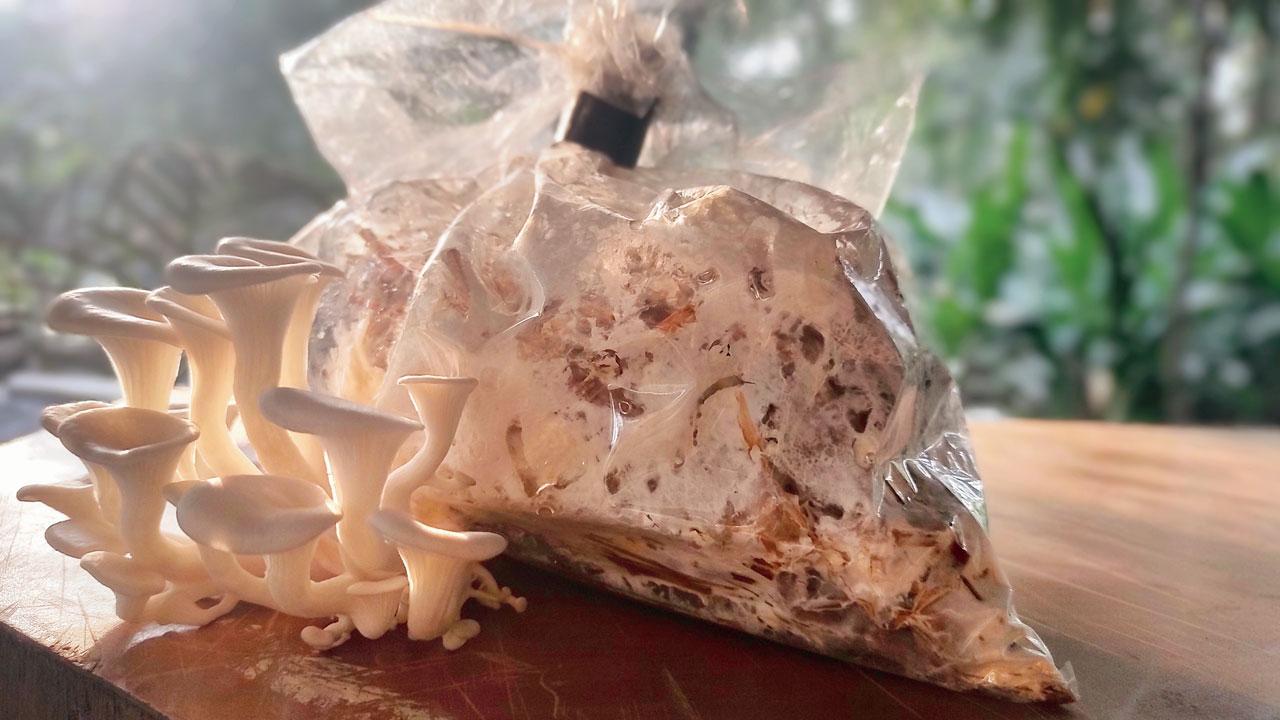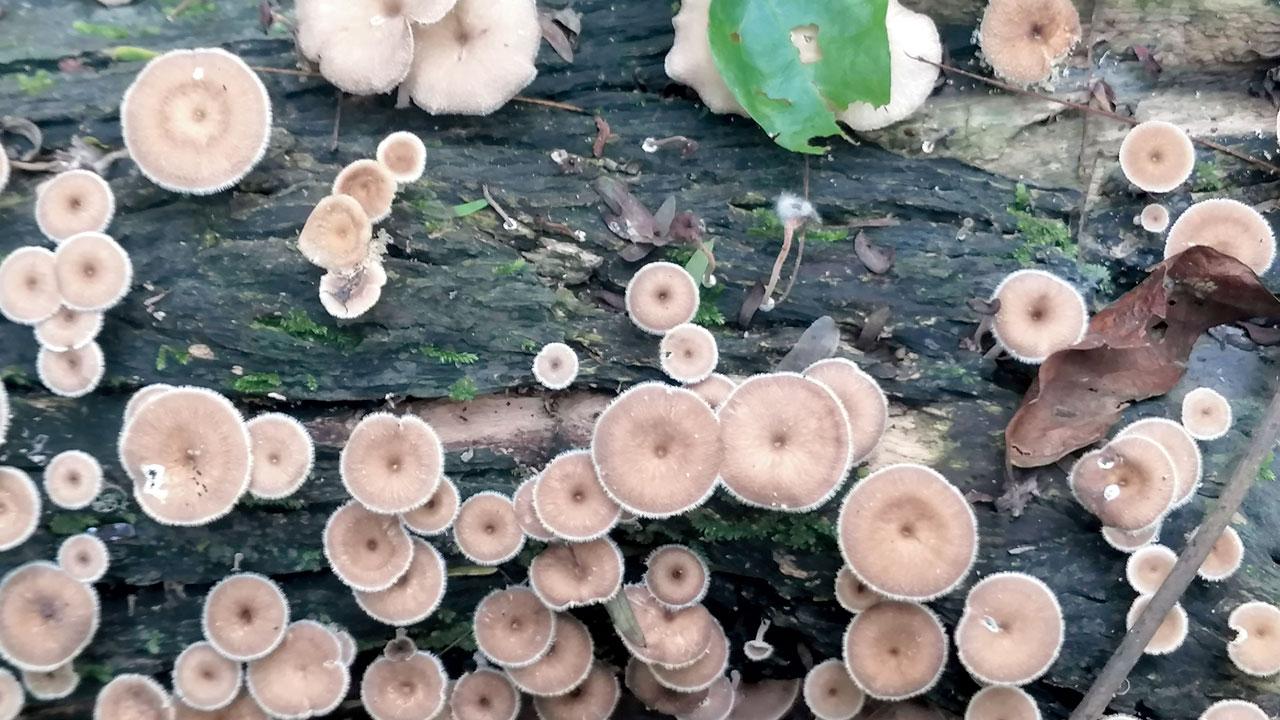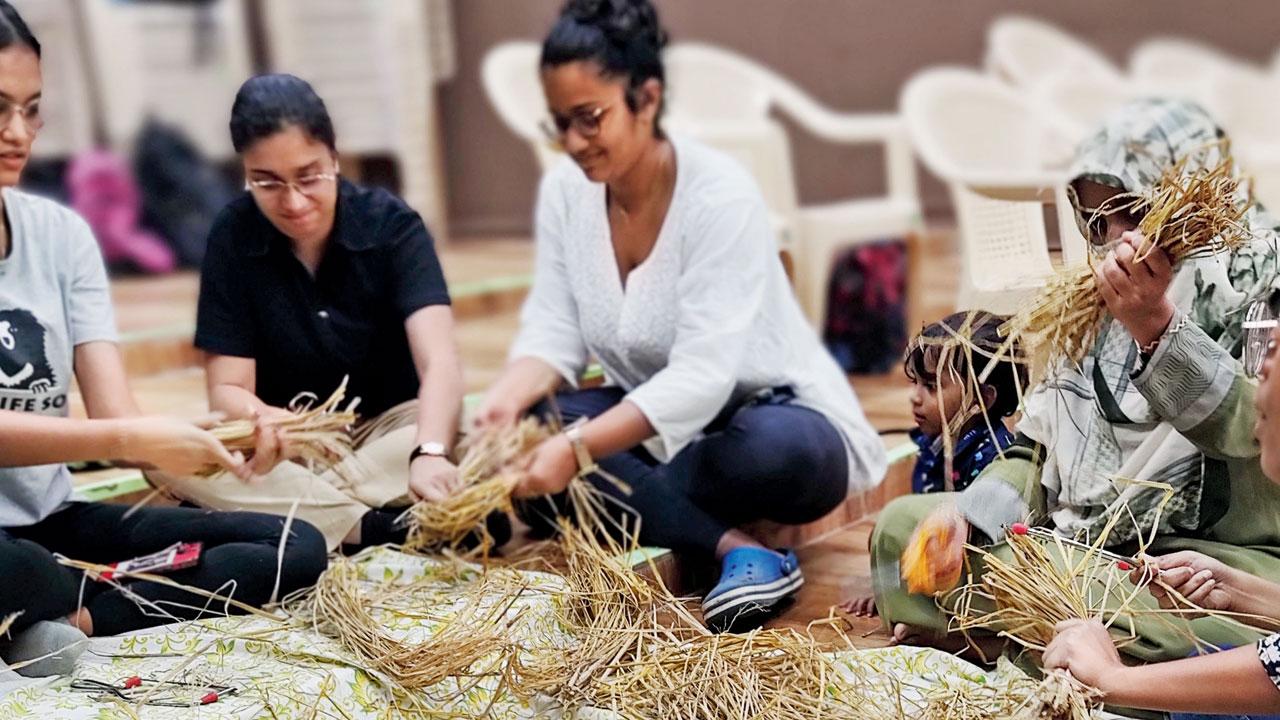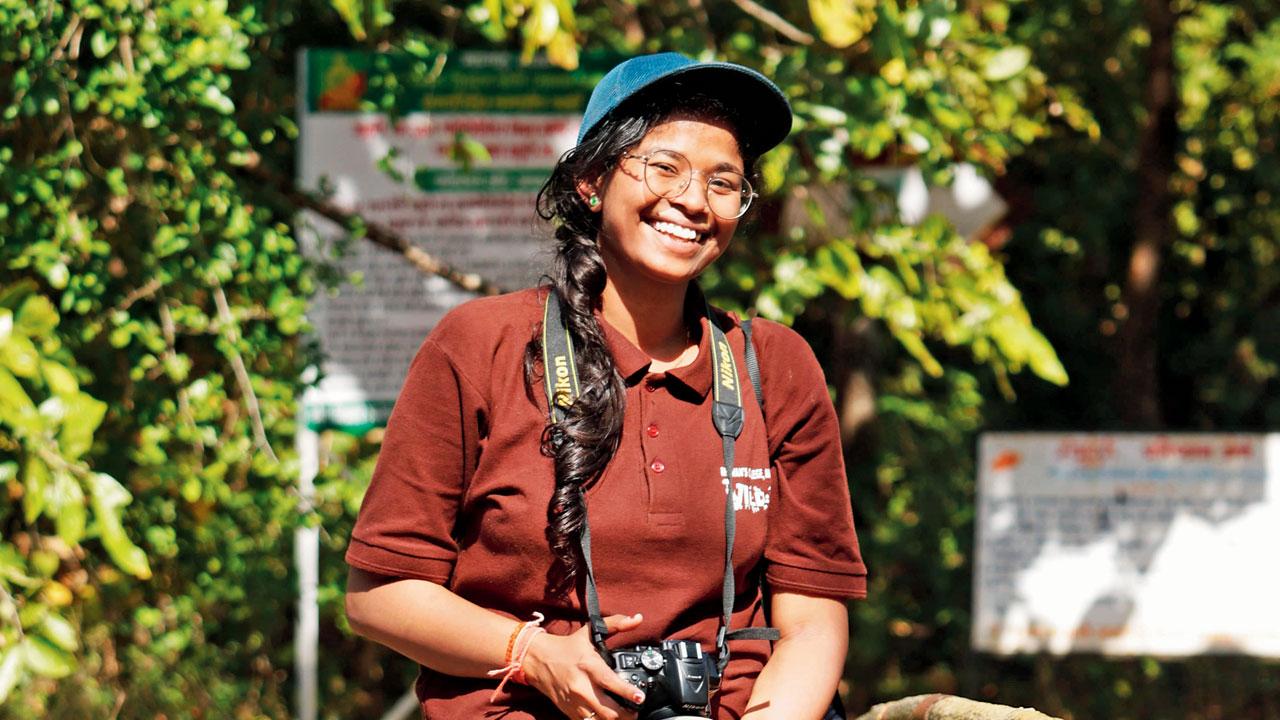This mushroom farming workshop will take you on a trail across Aarey Forest and teach you how to grow some at home

Home-grown edible oyster mushrooms by a participant
If you spot a mushroom sprouting outside your window, in a pot or on a rock in your garden, nature educator Anjali Tripathi suggests you quell your wish to take the tiny, cute little thing home. “It is almost impossible for a layman to tell if a mushroom is non-venomous. Even if it is, you might be allergic to the spores, the mushroom could be too old to be edible, or delicate; you might not cut it right,” she warns. Instead, she says, learn to grow some at home!
ADVERTISEMENT

An inedible species of oyster mushrooms in Aarey Forest
A workshop by Naturalist Explorers on February 18 will explore the nuances of mushroom cultivation in the heart of Aarey Forest — Aarey Vasundhara. “Aarey Vasundhara is an up and coming eco-village and makes for the perfect venue for our workshops, which are all aimed at bringing the people of the city closer to nature,” says programme coordinator and nature educator, Masira Shaikh. She adds, “We usually head out for a lot of trails during the winter. But as Mumbai is beginning to get warm again, we are switching to horticulture workshops that can be conducted indoors as well.”

Participants stack straws for growing mushrooms. Pics Courtesy/Naturalistexplorers
Participants will begin with a guided trail through the forest, where they explore different kinds of mushrooms growing in the wild. An indoor session that will follow will have Tripathi teach them how to grow edible oyster mushrooms at home. “We pick oyster mushrooms because they are one of the easiest to maintain for new kitchen gardeners,” Tripathi explains, “They can be grown both indoors and outdoors, have amazing nutritional values and are one of the fastest growing species. Button mushrooms, for instance, grow in the centre like a flower. Oyster mushrooms grow sideways, hence allowing more quantity of mushrooms to grow. A 100-gm bag can give you nearly 50-gm of output. Also, they are very cute to look at!”

Anjali Tripathi
Tripathi, who believes gardening is all about trial and experiments, began by trying to grow mushrooms on a newspaper. “I have used coffee beans as well,” she laughs. “However, I have learnt that using multiple layers of straws has the best success rate. Hence, that is what we teach. It usually takes around 35 to 40 days for the mushrooms to grow. We have an over 80 per cent success rate, where participants reach out to us in a month’s time and share pictures of the fungi in full bloom. We also make it a point to check with them in the middle and see if they have followed all the guidelines we give them during the workshop properly. “The indoor session will also include a talk on the basic understanding of mushrooms and the species commonly found across your neighbourhoods. “As a people, we are slowly growing away from nature. Mushroom farming is both an easy and an efficient way to find a way to reconnect with nature,” Tripathi signs off.
On: February 18; 3 pm to 5.30 pm
At: Aarey Vasundhara, Aarey Colony, Goregaon East.
Log on to: @naturalistex
Message: 8976009162 (for registration and more details)
Cost: Rs 1,000 per person (includes all materials and a meal)
 Subscribe today by clicking the link and stay updated with the latest news!" Click here!
Subscribe today by clicking the link and stay updated with the latest news!" Click here!







